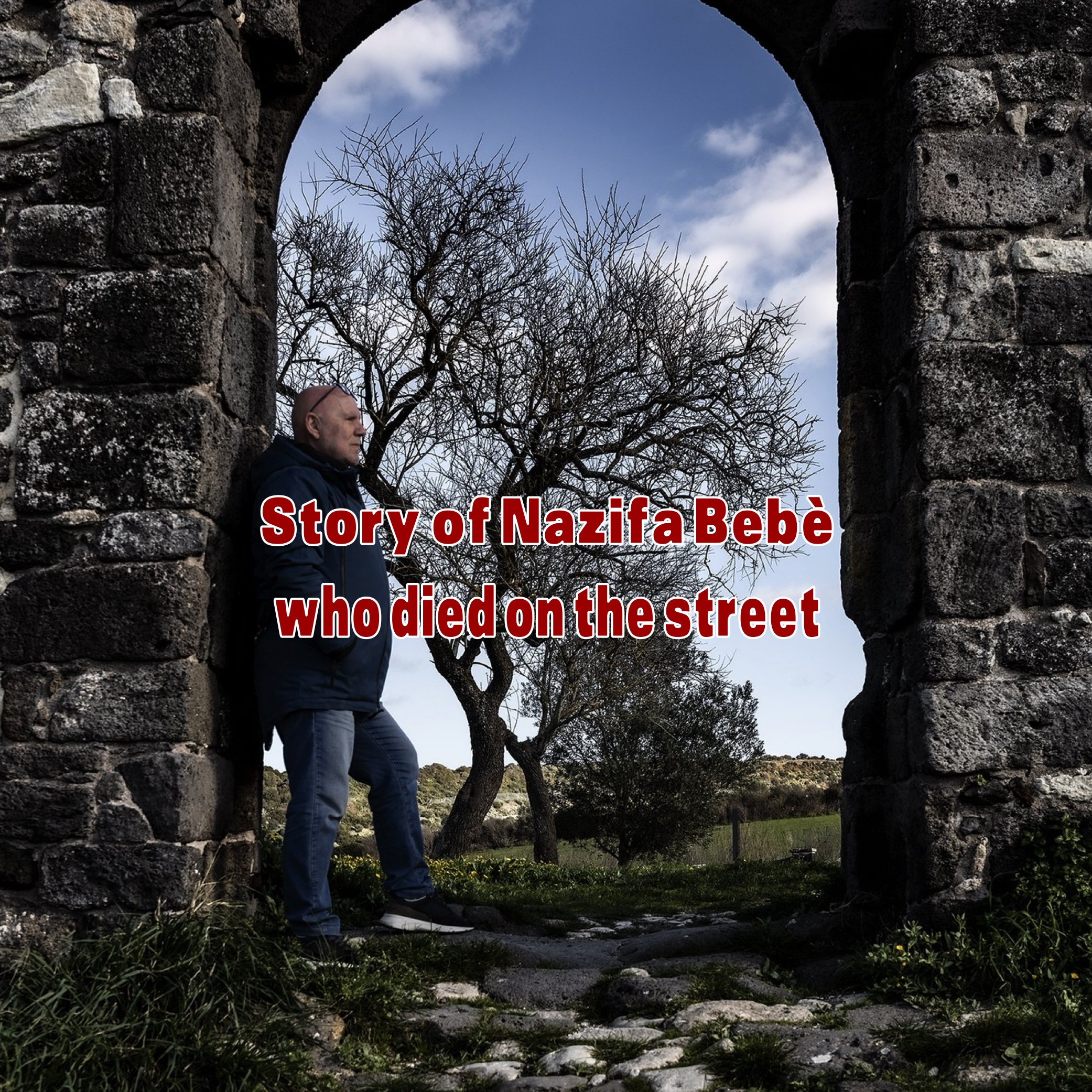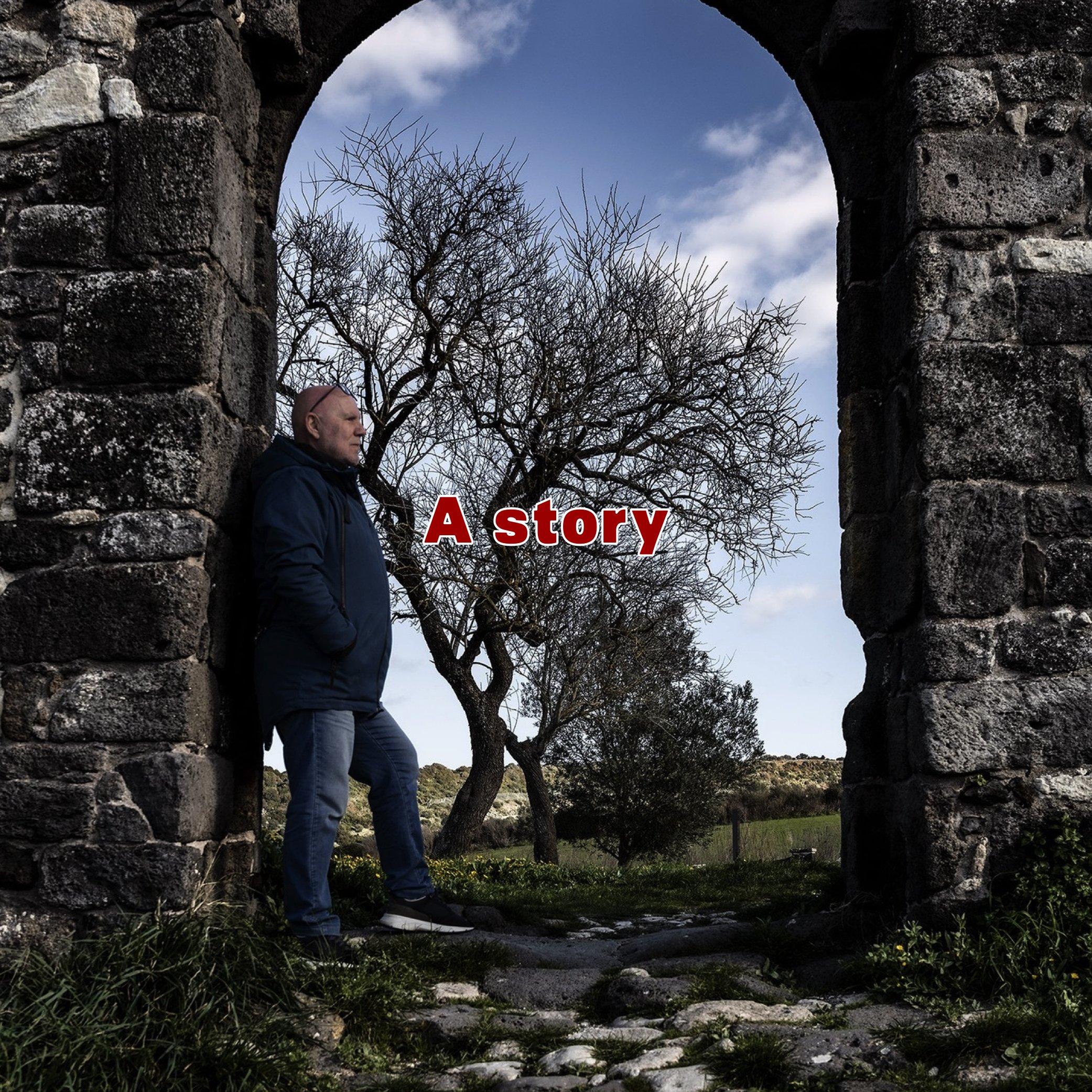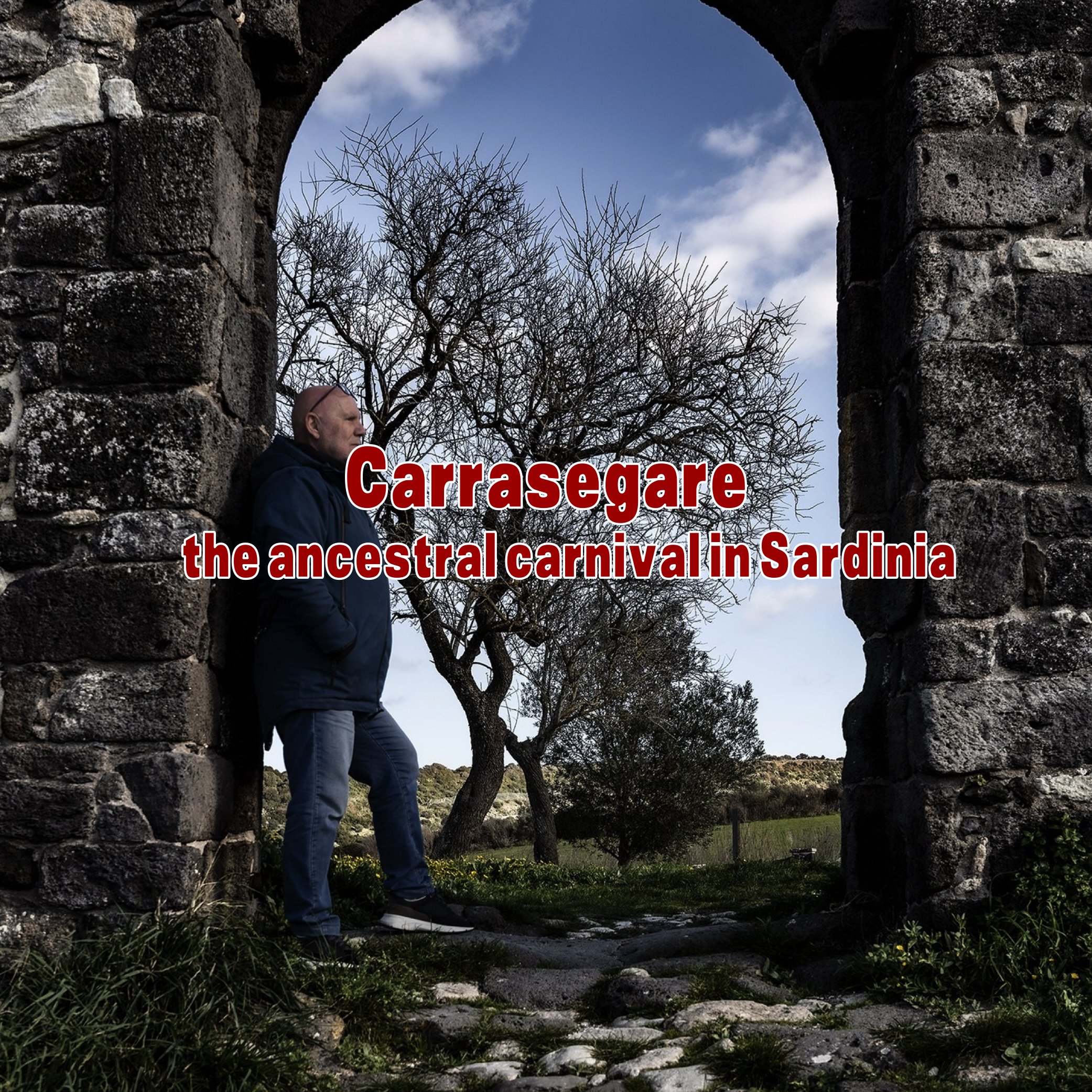In light and shadow: travel notes of an anarchist storyteller
Story of Nazifa Bebè who died on the street
The photos in this post had a very troubled history. I saw these two little gypsy girls on San Benedetto Street in Cagliari on a Sunday afternoon in 1987. They were tired, probably after a morning of manghel (begging) on the streets of the city. I was particularly struck by the little girl, with her frailty and feet tucked into huge sandals. I developed the negatives, printed the photos and sent them to Linea d'Ombra, then directed by Goffredo Fofi. He published some of them together with a beautiful article by Giuseppe Pontremoli,who later became a great friend of mine. A few months later I was invited to photograph the Spring Festival, the Gurgevdan, in the small Khorakhané Gypsy Camp in San Lussorio. It was then that I began to weave relationships of respect and friendship with the Gypsies. When winter came, one of them phoned me and asked me to accompany him to Holy Trinity Hospital because a little Gypsy girl had been hit by a van while making manghels. We arrived and found that there was nothing more to be done for the little girl. It was then that I recognized, on the marble table in the morgue, the little girl with the huge sandals I had photographed on the street a year earlier. I also discovered her name. Her name was Nazifa Bebè Ahmetovic and she was seven years old.
I did not hand over the photos to newspapers or other magazines for many years. Somewhat out of respect for Nazifa, but mostly because they would have stirred up a controversy that had swept through the entire Gypsy community. Accused of exploiting children by sending them to beg on the streets. All the accusers of gypsies deliberately ignored the fact that child begging was sometimes the only source of income for very poor families. None of the accusers shed a tear for the 11 other Gypsy children who died that particularly cold winter in city camps. One in the fire of his rotten wooden shack, ten of fulminating bronchopneumonia, among them a baby girl of only a few months who was battered already dead by rats.
The photos thus remained in the drawer. But Nazifa Bebè continued instead to be present in my thoughts. I dedicated a short story to her. And the protagonist of one of my novels (The Memory I Didn't Have, published then by Mondadori and now by Notes), bore her name. When I finally decided that the photos could be republished, misfortune came upon the negatives, which ended up under water in a flood that devastated my studio.
I cleaned them up as best I could, scanned them countless times, but always with very bad results. Until, with the new post production programs, I managed first to publish some of these photos on my blog on ProgressFestival, thanks to Batsceba Hardy, and then to clean them up and improve them again as you see them here and now.
They are photos reborn, for a story that I wish would not be forgotten.
Storia di Nazifà Bebè che morì per strada.
Le foto di questo post hanno avuto una storia molto travagliata. Vidi queste due bambine rom in via San Benedetto a Cagliari, in un pomeriggio domenicale del 1987. Erano stanche, probabilmente dopo una mattinata di manghel (di elemosina) per le strade della città. Mi colpì in modo particolare la piccolina, con la sua fragilità e i piedi infilati in enormi sandali. Sviluppai i negativi, stampai le foto e le inviai alla rivista Linea d'Ombra, allora diretto da Goffredo Fofi, che ne pubblicò qualcuna a corredo di un bellissimo articolo di Giuseppe Pontremoli, con il quale poi diventammo grandi amici.
Qualche mese dopo venni invitato a fotografare la Festa di Primavera, il Gurgevdan, nel piccolo Campo dei Romà Khorakhané di San Lussorio. Fu allora che iniziai a tessere rapporti di rispetto e di amicizia con i Rom. Quando arrivò l'inverno uno di loro mi telefonò chiedendomi di accompagnarlo all'Ospedale Santissima Trinità, perché una bambina di un altro campo era stata investita da un furgone mentre faceva manghel. Arrivammo e scoprimmo che per la bambina non c'era più niente da fare. Fu allora che riconobbi, sul tavolo di marmo dell'obitorio, la piccolina dagli enormi sandali che avevo fotografato per strada un anno prima. Scoprì anche il suo nome. Si chiamava Nazifa Bebè Ahmetovic e aveva compiuto da poco sette anni.
Non consegnai le foto ai quotidiani, né ad altre riviste, per molti anni a venire. Un po' per rispetto verso Nazifa, ma soprattutto perché avrebbero rinfocolato una polemica che aveva investito tutta la comunità rom, accusata di sfruttare i bambini inviandoli a chiedere l'elemosina per strada. Nessuno degli accusatori dei rom, implacabili nell'ignorare che la manghel dei bambini e delle donne era a volte l'unica entrata per famiglie che allora vivevano in una devastante povertà, sparse una lacrima per gli altri 11 bambini rom che morirono in quell'inverno, che fu particolarmente freddo, nei campi cittadini. Uno nell'incendio della sua barakina di cartone e legno pesto, dieci di broncopolmonite fulminante, tra i quali una bambina di pochi mesi, Tiziana, che venne martoriata post mortem dai topi.
Le foto rimasero così nel cassetto. Ma Nazifa Bebè continuò invece ad essere presente nei miei pensieri. A lei dedicai un racconto. E la protagonista di uno dei miei romanzi (Il ricordo che non avevo, pubblicato allora dalla Mondadori e oggi dalla Notes), portò il suo nome. Quando decisi infine che le foto sarebbero potute essere ripubblicate, passati gli anni e spenti i fuochi delle polemiche, la sfortuna si accanì sui negativi, che finirono sott'acqua a causa di un'alluvione che devastò il mio studio. Li ripulii come potevo, li scannerizzai una infinità di volte, ma sempre con pessimi risultati. Sino a quando, con i nuovi programmi di post produzione, riuscii prima a pubblicare qualcuna di queste foto sul mio blog su ProgressFestival, grazie a Batsceba Hardy, e poi a ripulirle e a migliorarle ancora così come le vedete qui e ora.
Sono foto rinate, per una storia che vorrei non venisse dimenticata.











